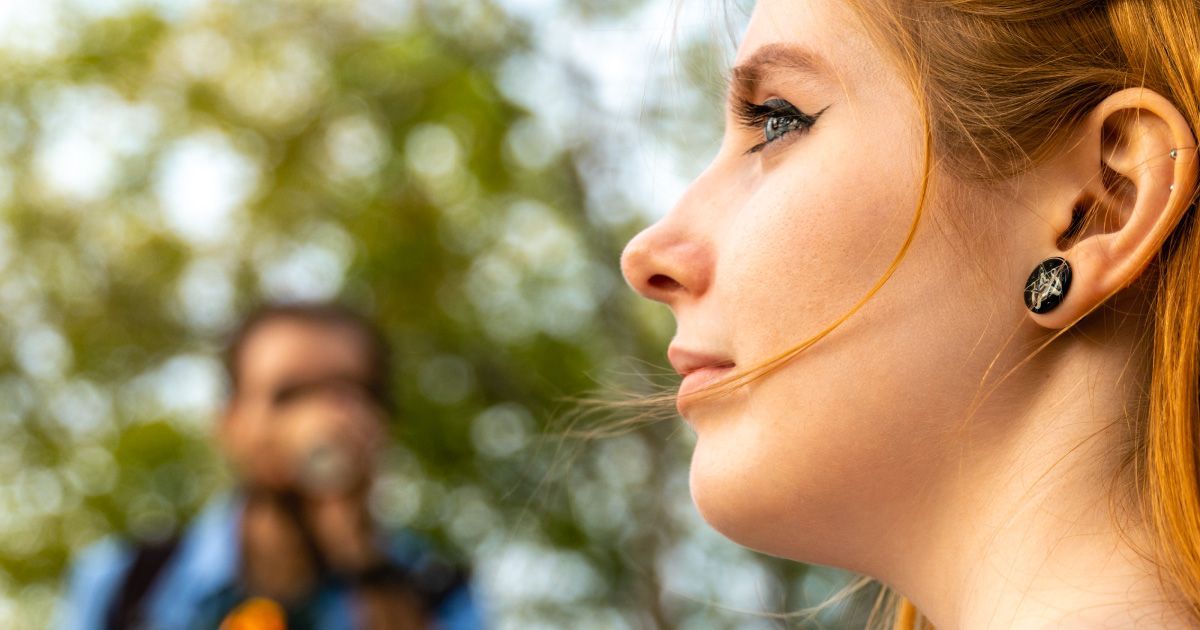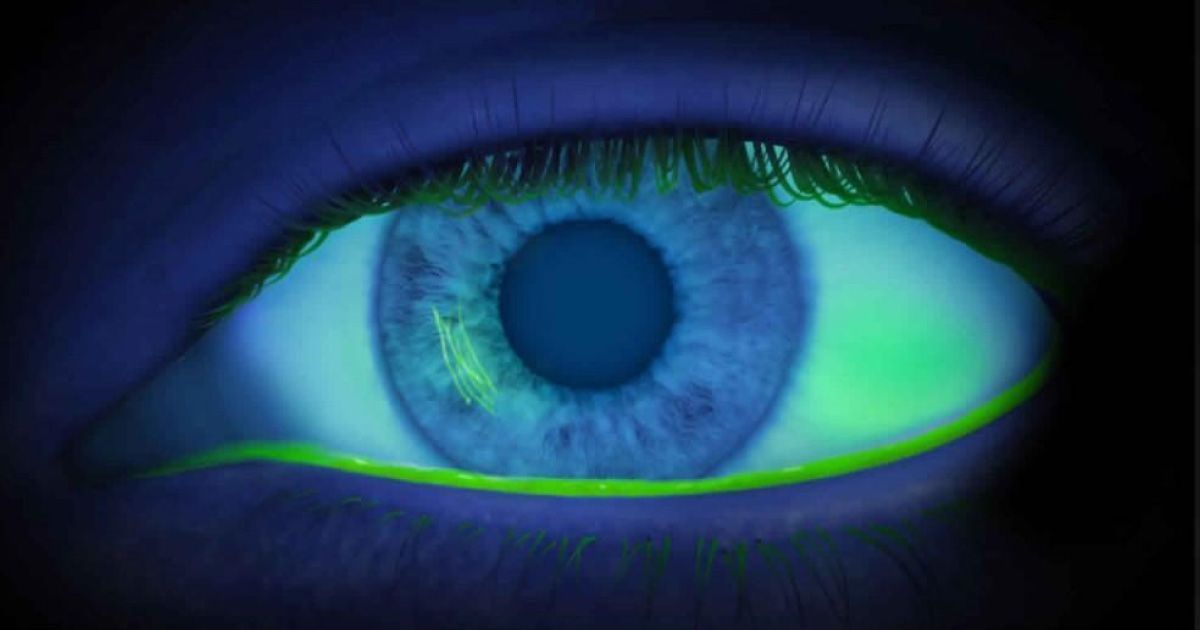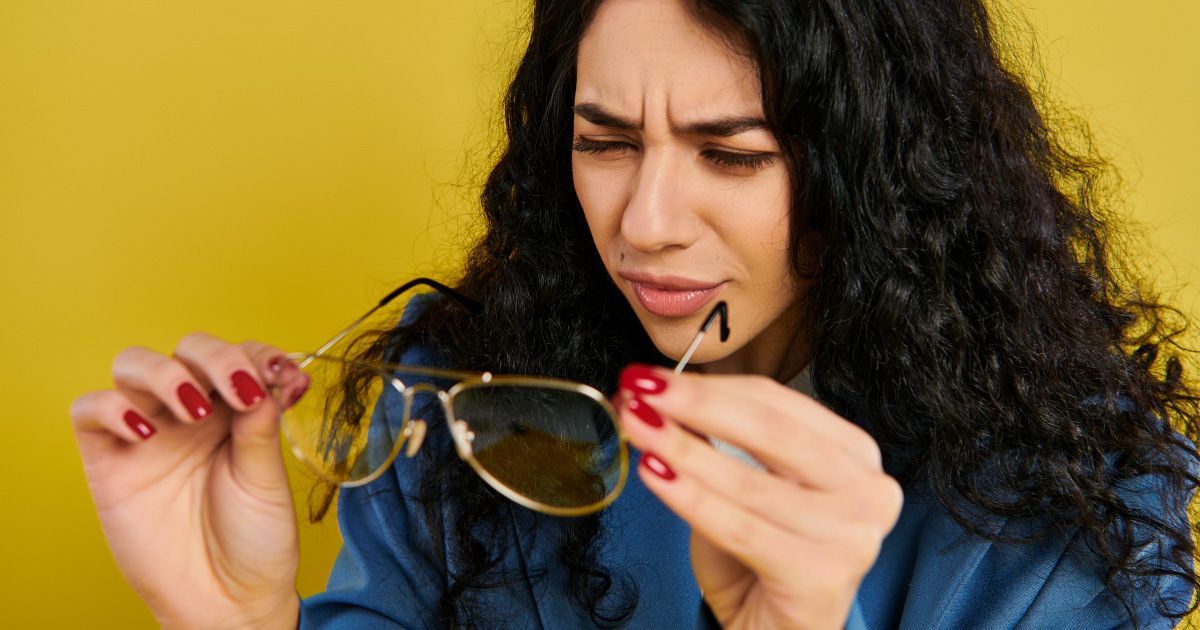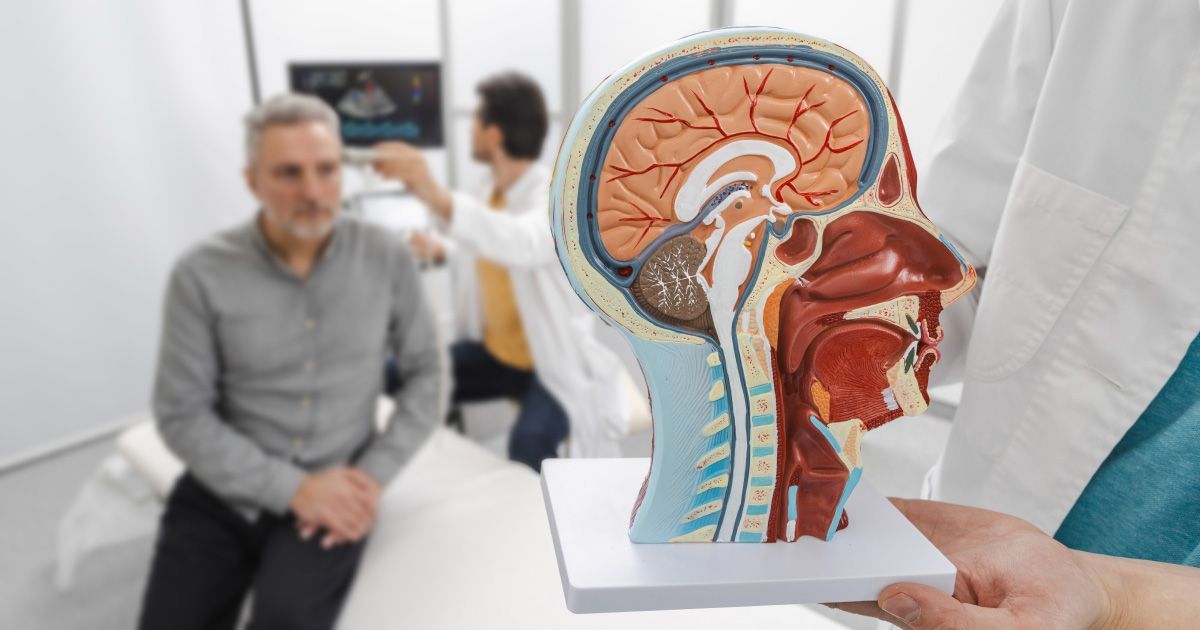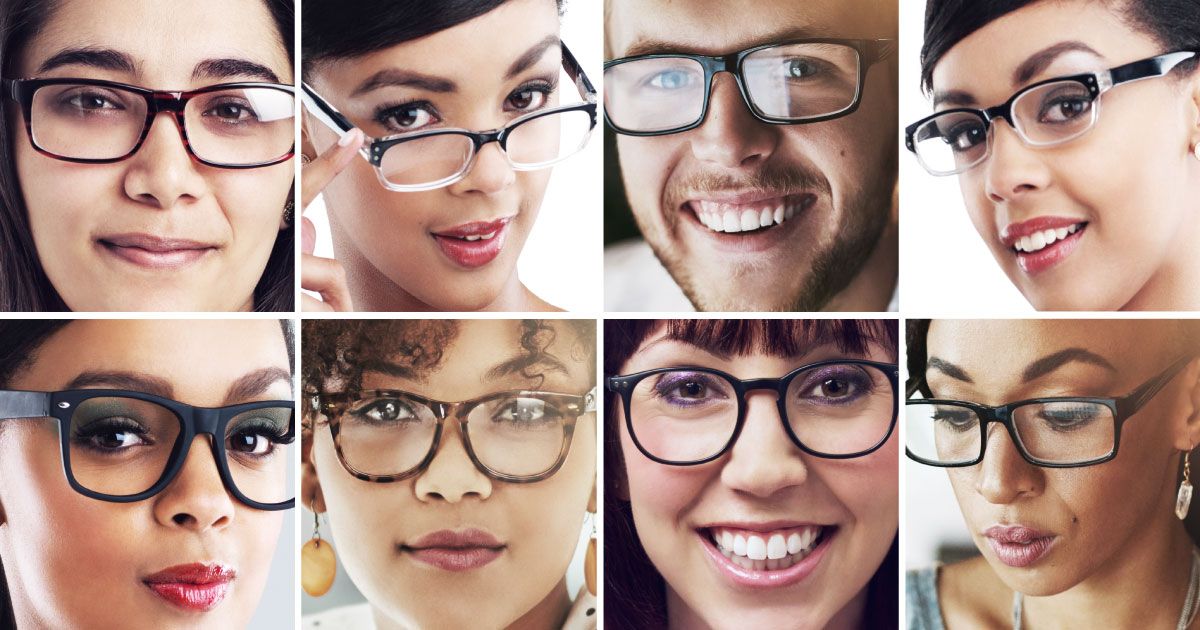The Role of Eyewear in Self-Expression: Define Your Style with the Perfect Pair

Read time: 5 minutes
Eyewear plays a crucial role in self-expression, allowing us to externalize our inner selves and showcase our personalities, passions, and personal tastes. From sleek and professional designs to quirky and playful patterns, the perfect pair of glasses can speak volumes about who we are, transforming our appearance and bolstering self-esteem.
As a leading optometry shop in San Diego, Urban Optiks Optometry understands the importance of eyewear in self-expression and is dedicated to helping clients find the frames that best represent their unique identities. This article explores the various dimensions of eyewear as a tool for self-expression and offers guidance on selecting frames that truly embody your one-of-a-kind style. Prepare to embark on a journey of self-discovery and unveil the full potential of your eyewear.
The Psychology of Eyewear and Personal Identity
Eyewear is unique in that it holds both functional and aesthetic value. While the primary purpose of glasses is to improve vision, they can also convey an individual's identity and personal style. According to a study published in the Journal of Personality and Social Psychology, personal belongings such as clothing and accessories can serve as external symbols of our identities that effectively communicate who we are to others. Eyewear holds the power to convey traits such as intelligence, creativity, and even humor, depending on the frame design, shape, and style that one chooses.
Choosing Frames that Reflect Your Personality
Selecting a pair of frames that genuinely represents your personality involves a mixture of self-awareness and exploration. Understanding your personal preferences, values, and the image you wish to convey are all essential aspects to consider. Here are a few general guidelines to help you find the perfect frames to match your unique style:
- Classic and Refined: For those who appreciate timeless silhouettes and understated elegance, opt for frames with clean lines and a minimalistic design. Neutral colors and materials like tortoise shells or metal are fitting choices.
- Bold and Trendy: If you love staying on top of the latest trends and making a stylish statement, go for bold frames with unique shapes, bright colors, or eye-catching patterns.
- Creative and Artistic: For the artist at heart, look for frames that accentuate your creativity, like round or irregular shapes, intricate details, or a combination of unique materials and textures.
- Professional and Polished: To project an air of sophistication and competence, choose classic and versatile shapes like rectangular or square frames in dark or muted colors.
Remember that these are general guidelines, and the ultimate decision depends on your personal preferences and what feels authentic to your personality.
Experimenting with Frame Shape and Color
Exploring frame shapes and colors can be an enjoyable and enlightening experience, allowing you to uncover new facets of your personal style. When trying on different frames, think about how they interact with the various aspects of your appearance, such as your facial features, hair color, and skin tone.
Identifying the balance between contrast and harmony in these elements can lead to a deeper understanding of your self-expression through eyewear. For instance, individuals with warm undertones might consider frames in colors like gold, tortoise, or rust tones, while those with cool undertones can explore colors like silver, blue, and neutral grays.
Finding Inspiration in Fashion and Culture
Drawing inspiration from fashion, popular culture, and various historical eras can provide a rich source of ideas for cultivating a unique eyewear style. Whether you're inspired by the iconic cat-eye glasses of the 1950s, the oversized frames of the 70s, or the sleek minimalist designs of modern times, exploring various trends and periods can help you connect with the styles that resonate most with you.
Additionally, you can glean inspiration from influential fashion icons, designers, and celebrities to broaden your eyewear horizons and discover new ways to express yourself through your glasses.
Embracing Change and Evolving Your Eyewear Style
As we grow and evolve, so do our preferences and personal style. Embracing change can be an essential aspect of self-expression, allowing our eyewear to reflect our journey as individuals. As you navigate through different life stages and experiences, don't be afraid to experiment with new and diverse styles of eyewear. Keep an open mind and embrace the opportunity to redefine your style, as this can lead to exciting discoveries and a more authentic reflection of who you are.
Seeking Professional Guidance for Personalized Eyewear Selection
While self-exploration is crucial in determining your unique eyewear style, seeking professional guidance can also be invaluable. Opticians and stylists can often provide personalized advice and recommendations based on their experience and in-depth knowledge of fashion and design principles.
Furthermore, working with a skilled optometrist can help ensure your chosen frames accommodate your specific visual needs and provide optimal comfort and fit. A balanced combination of personal intuition and professional expertise can lead to the perfect pair of glasses that communicate your distinct personality and style.
Discover Your Signature Eyewear Style with Urban Optiks Optometry
Eyewear plays a pivotal role in self-expression and can profoundly impact our personal style, confidence, and well-being. Embracing the journey of self-discovery through eyewear selection, exploring frame shapes and colors, and drawing inspiration from various sources can lead to finding the perfect pair that truly reflects your unique identity.
At Urban Optiks Optometry in San Diego, our team of skilled professionals is dedicated to guiding you through this exciting process, providing personalized recommendations and expert advice to ensure your new glasses not only meet your visual needs but also embody your personal style.
Are you ready to embark on your eyewear self-expression journey?
Schedule an appointment today to discover our
collection of handcrafted luxury eyewear and let our experienced experts help you find the perfect frames that capture your one-of-a-kind style and enhance your overall quality of life.
Share this blog post on social or with a friend:
The information provided in this article is intended for general knowledge and educational purposes only and should not be construed as medical advice. It is strongly recommended to consult with an eye care professional for personalized recommendations and guidance regarding your individual needs and eye health concerns.
All of Urban Optiks Optometry's blog posts and articles contain information carefully curated from openly sourced materials available in the public domain. We strive to ensure the accuracy and relevance of the information provided. For a comprehensive understanding of our practices and to read our full disclosure statement, please click here.



